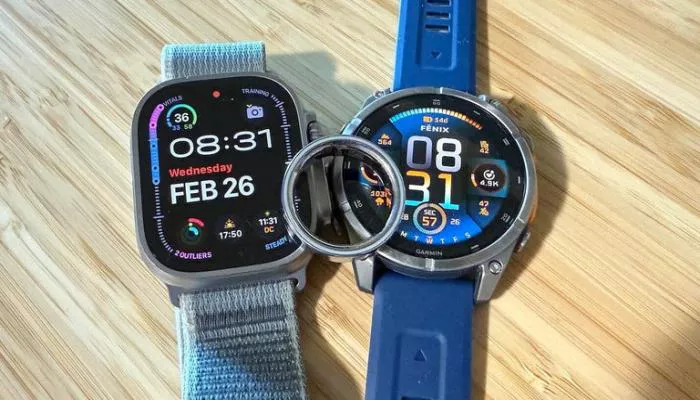As someone who rarely acknowledges feeling unwell—much to my wife’s frustration—I’ve long relied on my robust immune system. But the Oura Ring 4, ZDNET’s 2024 Product of the Year, has made it impossible to ignore the truth. Its advanced health tracking recently alerted me to an impending illness before symptoms became severe, outperforming even high-end smartwatches.
Symptom Radar Spots Trouble Before It’s Obvious
During routine testing of multiple wearables—including an Apple Watch Ultra 2 and Garmin Fenix 8—only the Oura Ring 4’s Symptom Radar detected early biometric irregularities. The app flagged elevated body temperature, increased respiratory rate, and decreased heart rate variability, all signs of an underlying issue. At the time, I only coughed occasionally and felt fine, making the alert particularly surprising.
By evening, my condition worsened: resting heart rate spiked, body aches set in, and coughing intensified. Thanks to Oura’s early warning, I visited a doctor the next morning and was prescribed Tamiflu, which is most effective when taken within 48 hours of symptom onset.
Smartwatches Lag in Health Alerts
While the Apple Watch Ultra 2 eventually noted elevated heart and respiratory rates, it initially reported normal vitals and failed to detect a rising skin temperature—a key early indicator of illness. Similarly, Garmin’s stress metrics (Body Battery and Stress Score) hinted at strain but provided no proactive illness alerts. Its skin temperature readings only reflected changes a full day later, offering little actionable insight.
The Case for Oura’s Standout Performance
The Oura Ring 4 excels not just in tracking but in interpreting data. Its app synthesizes biometric trends into clear warnings, a feature competitors lack. Deeper integration with fitness platforms like Garmin, Polar, or Suunto could further enhance its utility, but even standalone, it remains unmatched for health monitoring.
For now, Oura’s ability to merge workout impact with overall health metrics makes it my primary tool for staying ahead of potential issues—proving that sometimes, the smallest wearable delivers the biggest insights.


